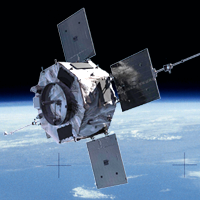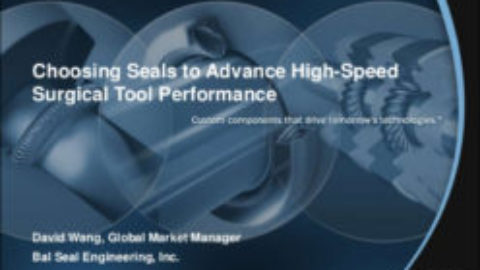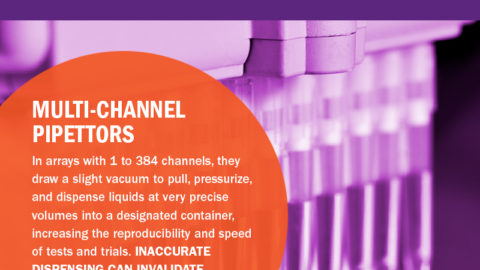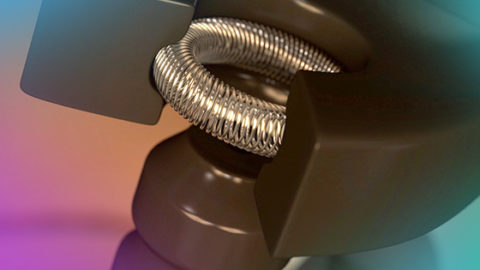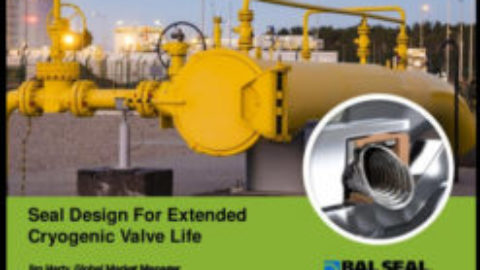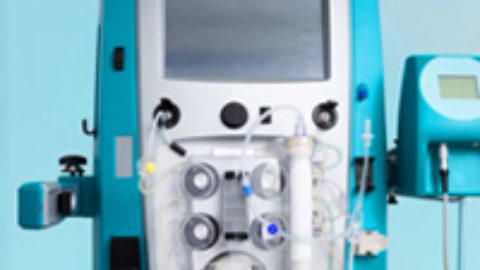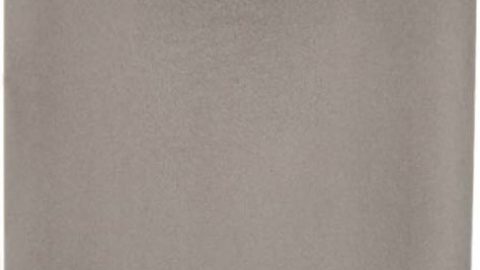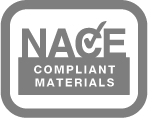At Bal Seal Engineering, we help designers reach new heights and achieve out-of-this-world objectives in space exploration and orbital satellite installation. We’re proud of our contributions to the success of countless critical missions, and we can’t wait to see what’s next.
These days, NASA isn’t the only organization with its eye to the skies. Private companies and bold entrepreneurs are stepping into the “final frontier,” re-writing the rulebook and re-imagining the machinery of space exploration. Advanced satellites, commercial spacecraft—even equipment designed to generate power on other planets—they’re all part of the exciting future known as New Space.
Where we’re going…
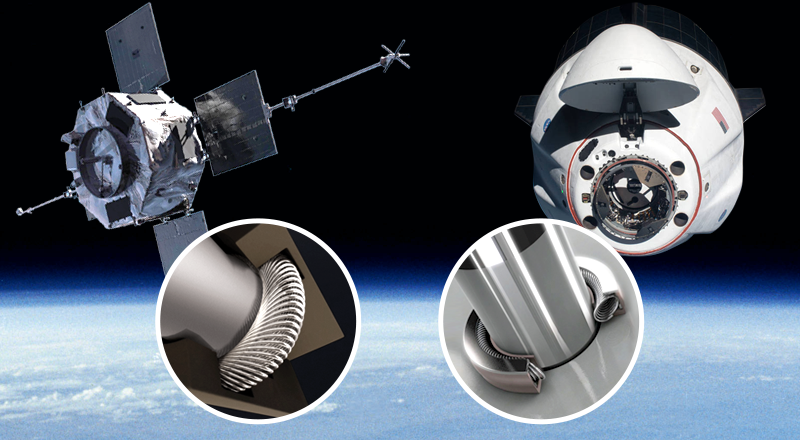
Satellites
Bal Spring® canted coil springs, designed into critical RF connectors and antenna assemblies, will protect the next generation of communications satellites from the potentially harmful effects of EMI.
Commercial Spacecraft
In rocket engine ignitors, solenoids, pumps, quick-couplings, actuators, and other equipment, Bal Seal® spring-energized seals will guard against leakage under the most extreme conditions. Bal Spring® canted coil springs will ensure consistent electrical flow between components, and mechanically retain panels/covers in high vibration environments.
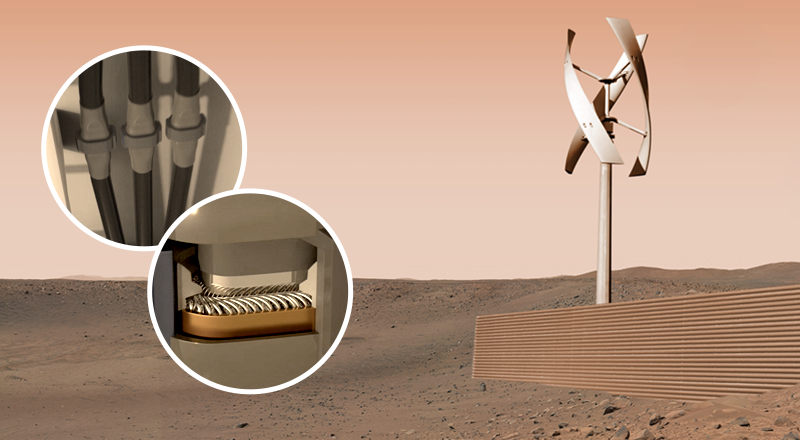
Power Generation Systems
Bal Seal® spring-energized seals will protect large wind turbines from potential breakdown caused by the ingress of fine Martian dust during powerful storms. Bal Spring® canted coil springs will ensure reliable, consistent electrical transmission from wind and solar equipment to the power grid.
Where we’ve been…
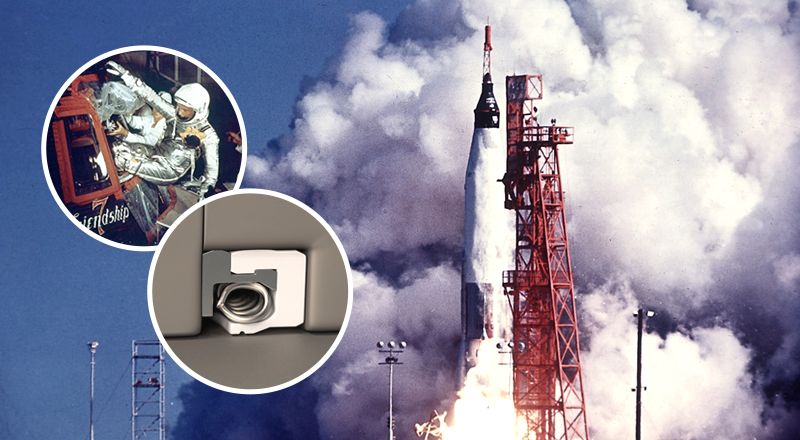
Friendship 7 and the Mercury Atlas Program
Bal Seal advancements in sealing technology greatly assisted NASA in the space agency’s early days. In 1962, our seals protected the fuel systems in John Glenn’s first earth orbit aboard Friendship 7. Marotta Valve, Air Research, Wallace O’Leonard, and other NASA suppliers of the day designed with Bal Seal products in order to meet the exacting performance requirements of space.
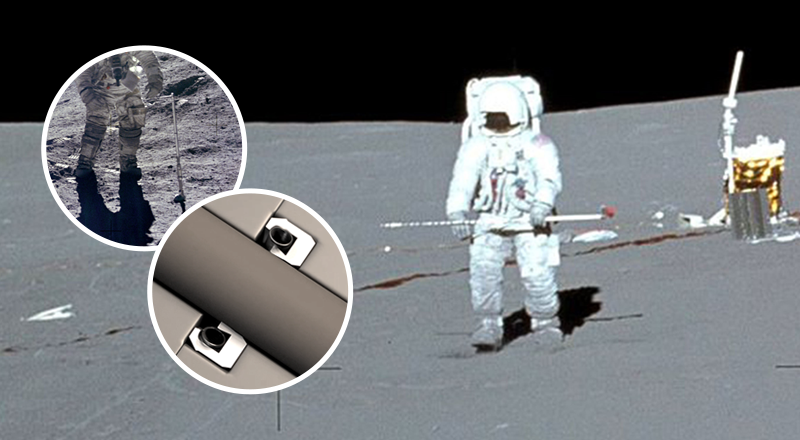
Apollo Program
NASA engineers used a Bal Seal® spring-energized PTFE seal in their design of a “core tube” carried by astronauts on three different Apollo missions to obtain “regolith,” or lunar soil. The seal was included in the inner sleeve of the core tube as part of a follower that rode on top of the sample as it entered the collection tube. It helped preserve samples during return trips to Earth.
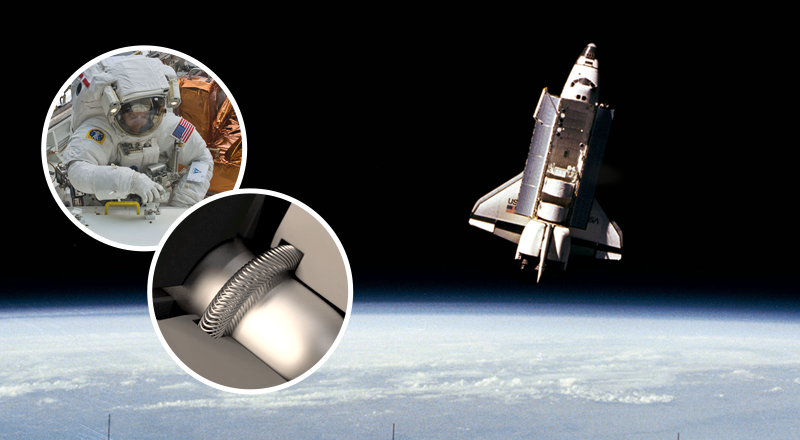
Hubble Servicing Mission 4
Bal Springs performed grounding functions during repairs in a “fastener capture plate,” designed by engineers at Goddard Space Center for NASA. This plate, which was fitted precisely over a panel covering a failed electronics card, enabled astronauts to remove and retain 111 tiny screws without losing them or allowing them to float into the telescope, where they could have caused serious and costly damage. Springs in the plate connection points grounded the unit to Hubble. Inside the Cardlok Manipulation Tool, a low-speed hand tool resembling a long Allen wrench, a beryllium-copper Bal Spring® provided electrical grounding and ensured smooth rotary motion.
“When I saw the Bal Spring, a light bulb went off. The multi-point coil contact provided exceptional grounding—zero resistance across the path. It was the ideal solution.”
– Hans Raven, ATK
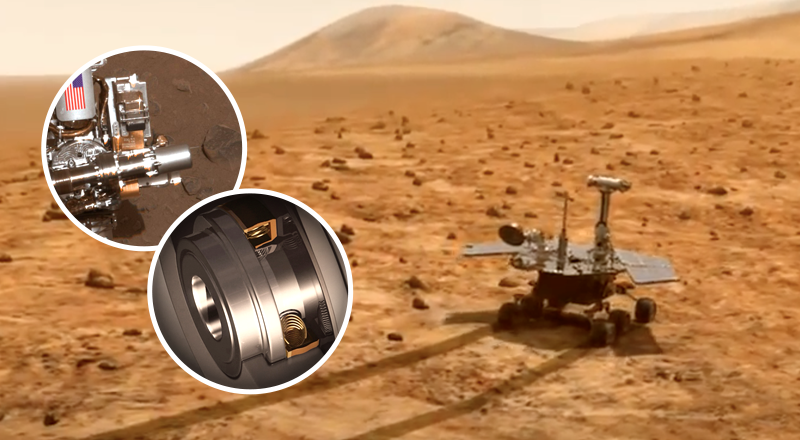
Mars Spirit & Opportunity Rovers
Bal Seal® spring-energized seals kept Martian dust out of the Instrument Deployment Device on both rovers, allowing for the accurate and consistent placement of spectrometers, microscopic imagers, and rock abrasion tools.
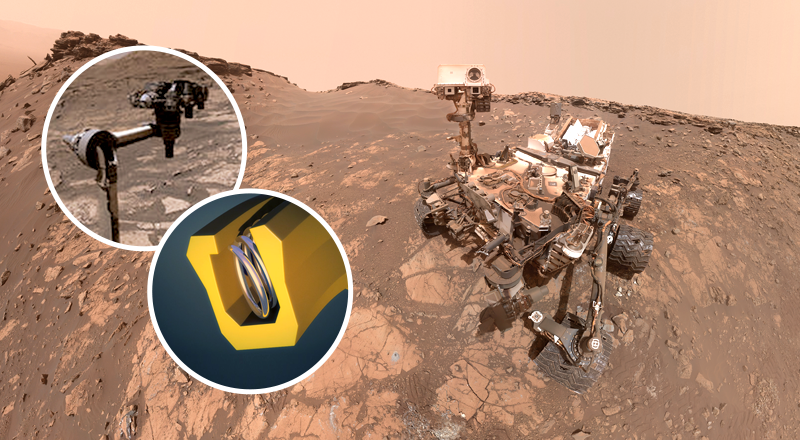
Mars Curiosity Rover
Curiosity, also known as the Mars Science Laboratory (MSL), used Bal Seal® spring-energized seals in the rollers of the restow system for its robotic arm. The seals protected the arm from Martian dust in widely varying temperatures as the rover moved to different locations. Curiosity’s mission has been extended indefinitely and, as of January 2021, it has traveled over 15 miles across the surface of the Red Planet.
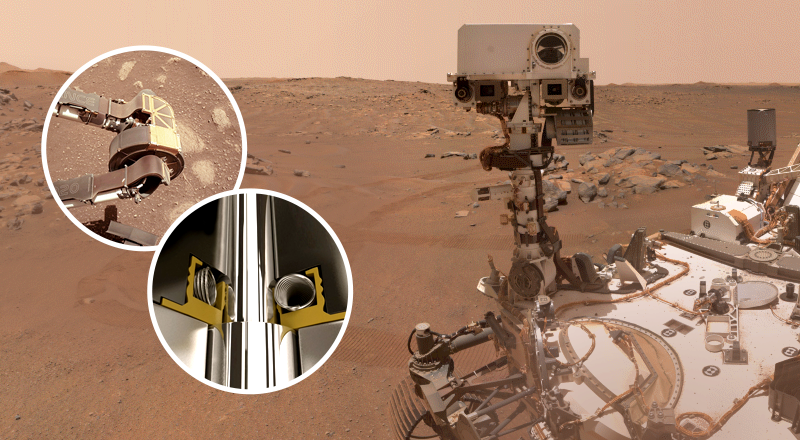
Mars Perseverance Rover
A total of 12 Bal Seal® spring-energized seals traveled the 293 million miles to Mars on board Perseverance. Five of them were used in the robotic arm actuators on the rover. In the camera assembly/housing, engineers used two different Bal Seal® spring-energized seals for environmental sealing. Three more Bal Seals were used in the differential pivots on the rover (1 center and 2 main differential pivots), and another two were used in the rollers of the restow system.
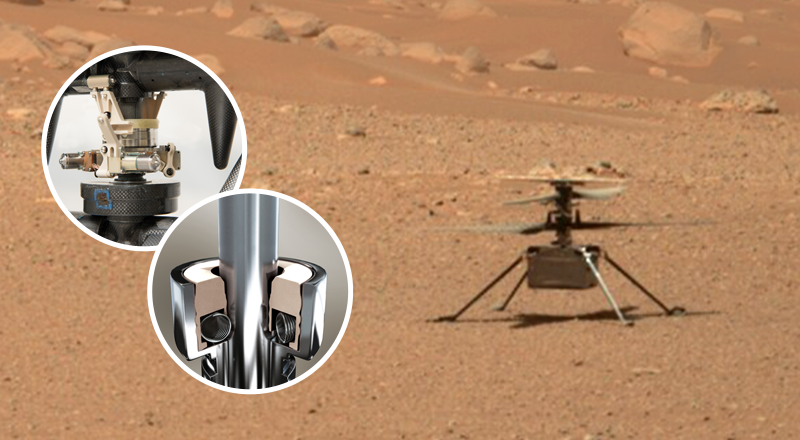
Mars Ingenuity Helicopter
In order to prevent Martian dust from entering the helicopter’s precision geartrain, engineers at Aerovironment fitted a custom Bal Seal® spring-energized seal to each one of six servo output shafts. On April 19th 2021, Ingenuity made history by successfully completing the first powered flight by an aircraft on another planet.
“I’ve been using Bal Seals on my actuator designs for Mars robotic arms since the late 90s. The seals have performed flawlessly over the life of the various missions.”
– Richard Fleischner, principal ME, Motiv Space Systems
